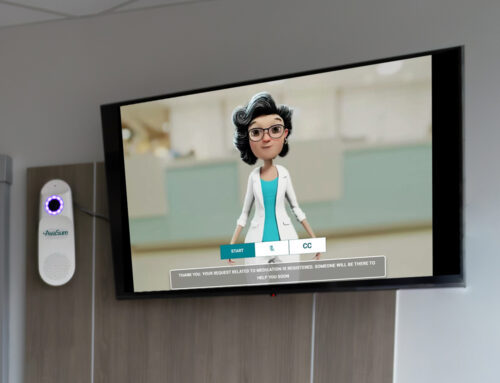A new survey conducted by AvaSure, a provider of virtual care solutions, highlights the ongoing challenges and opportunities in integrating virtual care into inpatient settings. The study, involving 340 healthcare professionals and 29 hospital IT leaders, suggests that while interest in virtual care continues to grow, the majority of hospitals are still in the early phases of adoption.
According to the company, only 10% of hospital leaders and 14% of IT leaders have reached the stage where virtual care is a routine aspect of care delivery. Meanwhile, 30% of hospital leaders reported having no virtual care initiatives for inpatients. However, optimism persists, with 74% of hospital leaders indicating that virtual care is or will become essential to their acute care models, a notable increase from 66% in 2023.
Adoption and Use Cases
The survey revealed that 46% of hospital leaders are either piloting or have implemented virtual care programs for inpatient settings, an improvement from 38% the previous year. The most common use cases cited include virtual sitting (39%), patient discharge processes (33%), and admission documentation support (32%).
AvaSure’s Chief Clinical Officer, Lisbeth Votruba, MSN, RN, commented on these findings, stating, “Even as the nursing shortage has gone from acute to chronic, interest in virtual care continues to gain momentum among hospital leaders, both clinical and IT. Most providers are still in the early exploration phase.” She added that AvaSure’s five-step Inpatient Virtual Care Maturity Model serves as a roadmap for healthcare executives aiming to transform care models with a focus on outcomes and change management.
Metrics for Success
The survey also explored how healthcare leaders assess the success of virtual care programs. Metrics varied by role:
•Hospital leaders prioritized patient safety (58%), patient experience (53%), and workload reduction for staff (48%) as key indicators.
•IT leaders focused on nurse satisfaction and retention as their top metric.
Other frequently cited measures included patient outcomes (48%), throughput or patient flow (43%), and workforce costs (26%).
Industry Perspectives
Claire Zangerle, DNP, RN, CEO of the American Organization for Nursing Leadership at the American Hospital Association, emphasized the importance of goal-setting and process optimization in virtual care initiatives. “Virtual care is becoming essential to delivering high-quality, accessible patient care that reduces the burden on bedside staff,” Zangerle said. “Achieving true impact requires more than just adopting the technology—it demands setting clear goals and taking deliberate steps to mature these programs.”
A Slow but Promising Shift
While progress in virtual nursing remains incremental, the industry appears to be laying the groundwork for broader adoption. AvaSure notes that its survey and accompanying webinar aim to provide actionable insights for healthcare organizations navigating these early stages. The webinar will cover AvaSure’s five-stage maturity model and feature presentations from both Votruba and Zangerle.
The survey’s findings underscore the need for healthcare systems to balance technological investments with strategic implementation. According to AvaSure, the slow adoption rate reflects not only the challenges of integrating new care models but also the significant potential for these technologies to address critical issues such as staff shortages and patient outcomes.
About the Survey
The survey, conducted by Joslin Insight on behalf of AvaSure between September 19 and October 7, 2024, collected responses from healthcare professionals predominantly in acute care settings. The sample includes hospital leaders, nurse executives, and IT leaders, with a reported margin of error of ±5.3 percentage points at a 95% confidence level.
About AvaSure
AvaSure describes itself as a leader in virtual care platforms, offering solutions designed to optimize staffing and blend remote with in-person care. According to the company, its AI-powered platform has delivered significant return on investment for its 1,100+ hospital clients.
This report provides a snapshot of the current state of virtual care in inpatient settings and highlights the potential for continued growth in the field as hospitals refine their strategies and technologies.












